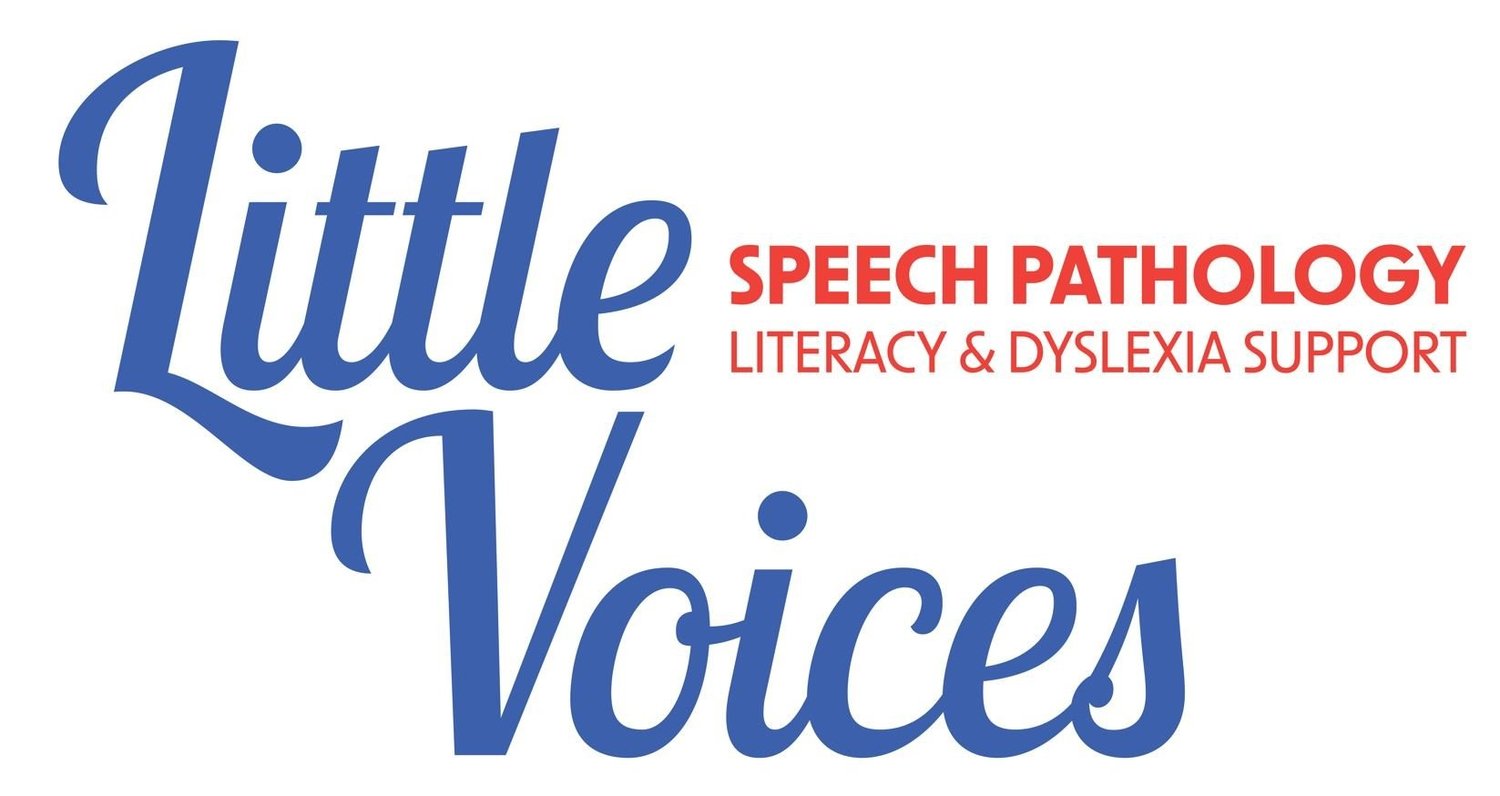The Traditional Approach for Learning New Speech Sounds
How do we teach children new speech sounds?
One of the common areas Speech Pathologists focus on is helping young children develop their speech sounds. Sometimes parents tell me that they've heard their child say a particular speech sound (e.g. 's') but that they don't use it all the time. I have many parents ask, "Is this because they're lazy?" My answer is always, "No they are not lazy".
Speaking is one of the most automatic things that we do every day. Do you think about how you're moving your tongue and lips to make each sound? No, you don't. Children don't either, and they shouldn't have to. For some children, learning to say a new sound that they're not using consistently can take a bit of practice, especially if it's a sound that is delayed in developing.
When Speech Pathologists help children learn to say new sounds, we may use a form of therapy known as Traditional Articulation Therapy. This is just one of the ways we help a child learn a new sound. You can think of it as a series of stepping stones, as pictured above. Children often can't jump straight from saying the sound on its own to using it in conversation.
Step One: Isolation
We start off checking if the child can make the sound in isolation, or on its own (e.g. can you say 'sss'?). If the child has trouble saying the sound on its own then we work on helping them make the sound, without putting it into a word.
Step Two: Syllables
Once the child is able to say the sound on its own, we put the sound into some nonsense words of single syllables. Children find the sound harder to say in words that they say all the time. Putting the sound into a nonsense word makes it easier for the child to say because it takes the meaning away from the word. For example, focusing on the 's' sound we say silly words such as 'sar' and 'sair'.
Step Three: Words
The next step is to put the sound into words that have a meaning. We can focus on sounds at the beginning, middle or end of words, usually one at a time. Initially the child may need to hear a correct model of the word to help them say the sound correctly. We can often spend quite a bit of time at this stage as children are used to saying the words using a different sound.
Step Four: Phrases
When children have mastered the sound in words, we move on to saying these words in short phrases all with the target sound (e.g. Salt and pepper, send a message).
Step Five: Sentences
The next stage is to put the words into longer sentences, often with 2 or more of the target sounds in the same sentence (e.g. On Saturday we went to see the seals).
Step Six: Story retell
Inserting the target sound into sentences in everyday conversation can be quite tricky for some children. Using the sound in a story retell can be a great way to encourage the child to self-monitor the use of the sound. There are a number of 'sound-loaded' stories available on the Internet or you and your child can make up your own. It’s simple, just make up a funny story using lots of the target words from the Words step we did earlier. Make sure the characters in the story start with the sound you're working on (e.g. Sally and Sam went to the sea).
Step Seven: Everyday conversation
Once the child has had lots of practice self-monitoring their use of the sound in story retell activities, they may be ready to start using it in everyday conversation. They will still need practice at this stage though, it may not come easily. To practice the sound in conversation, we tell the child that we're going to be have a chat with them about anything they'd like to talk about, and we'll be listening out for their special sound. I often use a chart to record each time I hear a word that has, or should have, their target sound in it. For the correct pronunciation of the sound I put a mark in one column, and for any errors in saying the sound I mark the other column. This helps the child to stay focused on saying their sound and encourages them to monitor their own speech. Just be sure to make it fun!
There are many apps now available for use on phones and tablets that work on sounds in the way I’ve described. One of my favourites for the iPad is Articulation Station. It doesn't have all the stages I've described above, so I often add in a stage, but it's one of the best for enjoyment level for the kids.
I hope this gives you a basic idea of how I work with speech sounds, and also how you can help your child at home. Always remember though, if your child is having any trouble with any of these stages, it is best to speak to me or another qualified Speech Pathologist to work out how best to support and encourage them.
Please let me know if you have any questions for me and I’d love to hear your stories about how you work on speech sounds with your child.
